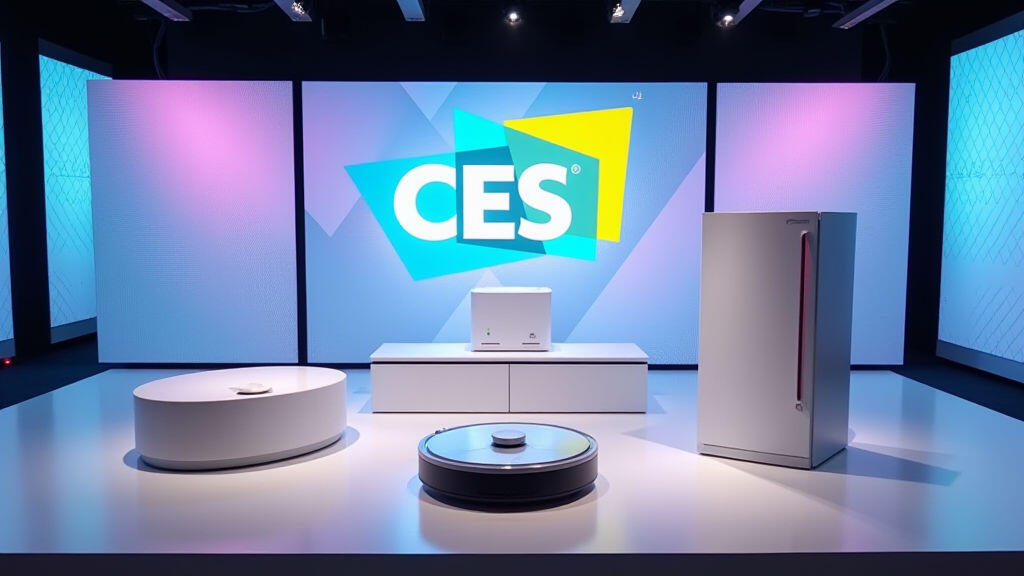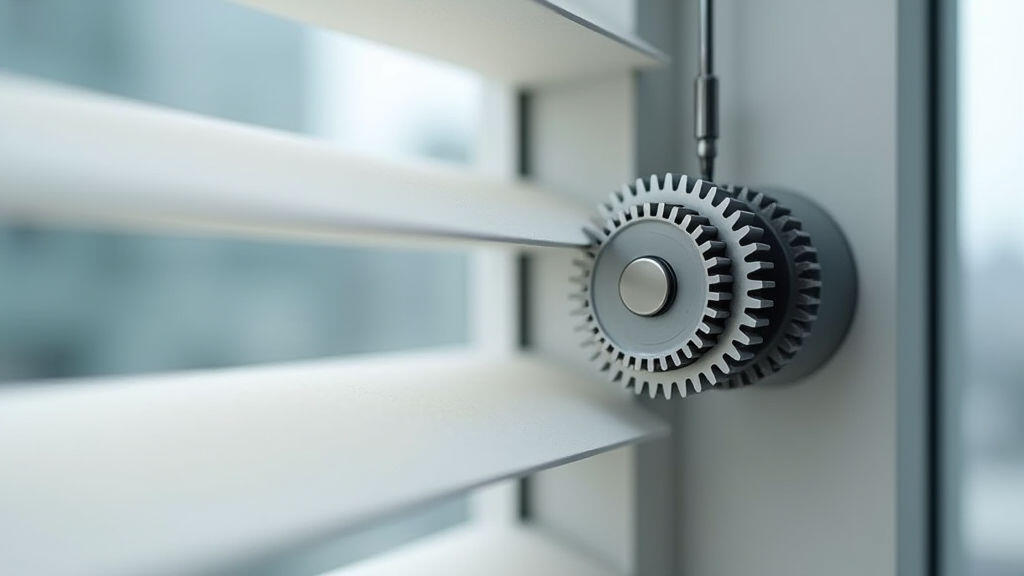Anjing Road, Xiaolan, Zhongshan, Guangdong, China
info@mes-drive.com
08.00 AM-09.00 PM

When the bright lights of Las Vegas flickered into the 6th Annual CES in 2025, the world was reminded that the home of tomorrow is increasingly digital, autonomous, and energy‑efficient. The exhibition presented an avalanche of AI‑powered appliances—robotic vacuums that learn room layouts, refrigerators that track inventory, and motorized curtains that open precisely to the schedule of a college student. In the midst of this technological parade, one component quietly glows behind the scenes: the gear motor, or reducer motor. Its ability to deliver variable torque, high efficiency, and compact size makes it the engine of the new smart‑home ecosystem.

CES is always a bellwether for consumer technology, but the 2025 edition had a distinct flavor. Manufacturers pivoted from merely demonstrating connectivity to showcasing autonomy. Sidebar and 360‑degree rollers for vacuum cleaners now incorporate neural network‑driven navigation, while smart fridges can suggest recipes based on dwindling items. Behind these seemingly mundane conveniences lies a sophisticated mechanical skeleton: the gear motor. From propelling a vacuum’s wheels to actuating a sliding door in a kitchen, gear motors translate electrical impulses into purposeful, precise motion.
Unlike standard universal motors that spin freely, gear motors embed a gearbox internally. This integrative design offers two core advantages that fit perfectly with the demands of smart appliances:
Take the Automated Curtain System showcased at CES. The motor’s output shaft moves a pulley that pulls the curtain along a track. The system demands precise speed control for flush alignment; a multistage gear reducer ensures near-zero backlash regardless of the motor’s internal position.

Beyond appliances, energy storage upgrades in homes—such as solar battery systems—require reliable, regenerative gear motors for inverter drives. The reduction ratio allows for efficient conversion between high‑speed motor output and low‑speed power electronics, improving overall system longevity.
Smart‑home sales have surged 25 % annually since 2023, fueled by the consumer desire to streamline everyday chores. Each aspiring smart home contains multiple points of actuation—blinds, thermostats, locks, and appliances—all housing a gear motor. As units multiply, cost becomes critical. Modern gear motors utilize high‑density steels and additive‑manufactured housings, slashing material usage by up to 30 % compared to traditional cast gearboxes. This material efficiency translates directly into consumer‑friendly pricing.
Meanwhile, manufacturers are adopting a modular motor strategy. A single gear motor core can be re‑rated for various torque and speed applications across appliances. This standardization reduces supply chain complexity, cuts warranty costs, and speeds time to market—a decisive edge in the fiercely competitive home‑automation landscape.
As AI algorithms evolve, so does the requirement for richer sensor data from actuators. Modern gear motors are now embedding miniature Hall‑effect sensors and temperature probes. The motor’s internal diagnostics feed back to the device’s central AI, enabling predictive maintenance. If a vacuum’s motor registers a slight torque dip, the firmware can schedule a self‑diagnostic routine or alert the user before the motor fails.
Furthermore, seamless firmware updates allow manufacturers to fine‑tune gear ratios in software, optimizing performance for different environmental conditions without physically replacing hardware. The reduction in mechanical wear leads to more durable appliances, reinforcing consumer trust—an essential component of the smart‑home market.
The 2025 CES did more than celebrate flashy prototypes—it illuminated a future where homes intelligently orchestrate motion, light, and climate. At the very heart of that orchestration sits the gear motor, a small yet indispensable marvel that translates electric power into the precise, quiet, and torque‑rich motion our daily companions depend on. Its compact form, cost‑effective manufacturing, and adaptability make it the unseen hero ensuring that the loftiest AI dreams of smart living become the mundane conveniences in our kitchens, bedrooms, and bathrooms.
As the smart‑home sector expands, the demand for reliable, efficient gear motors will only intensify. Manufacturers who master the art of integrating these motors with AI, predictive analytics, and modular design will lead the next wave of home technology—turning the promise of CES into everyday reality.
Leave A Reply
Your email address will not be published. Required fiels are marked